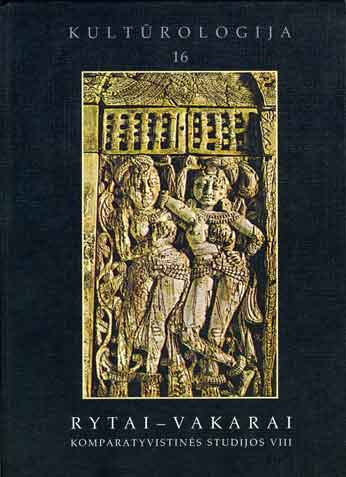Perspektyva Rytuose ir Vakaruose Sansui tapyba ir peizažas
Perspective in the East and the West - San sui Painting and Landscape
Author(s): Ken-ichi SasakiSubject(s): Cultural Essay, Political Essay, Societal Essay
Published by: Lietuvos kultūros tyrimų
Keywords: comparative aesthetics; perspective in East and West; Sansui painting and landscape.
Summary/Abstract: The subject here is to elucidate the sense of space peculiar to Japanese sensibility. To accomplish this task, I consult not only paintings but also waka, purely Japanese poetry. Besides, I compare the structure of Japanese perspective with the Western in order to make salient the features of Japanese sense of space. In China and Japan, the traditional landscape painting was called Sansui painting (literally painting of “mountains and waters”), unlike Fûkei painting (modern translation of the Western notion of landscape). Landscape as “sansui” is characterized by its vitalistic conception: the cosmic space is filled with “ki” (vital and spiritual element). This view is reflected in the Japanese notion of “keshiki” (literally “color of ki”), the word meaning landscape. Such a space was to be felt rather than seen. The notion of the picturesque was related in Japan to the spatial extent: conception deeply related to humid climate producing much of fog or haze. It was firstly in waka (in the 13th Century) that we find the first expression of the Japanese perspective, which consists in the combination of the tactile (sometimes auditory) close range with the visual distant range, without the middle range (as covered by the fog): this is very different from the Western geometrical perspective, which is essentially constituted by the middle range relating continuously the close to the distant. In painting, this Japanese perspective was realized for the first time in ukiyo- e: Hokusai and Hiroshige in particular. I assume that this composition was transplanted in the Western world in the trend of “japonisme”, and now determines the basic composition of the landscape photograph.
Journal: Kultūrologija
- Issue Year: 2008
- Issue No: 16
- Page Range: 223-244
- Page Count: 13
- Language: Lithuanian

